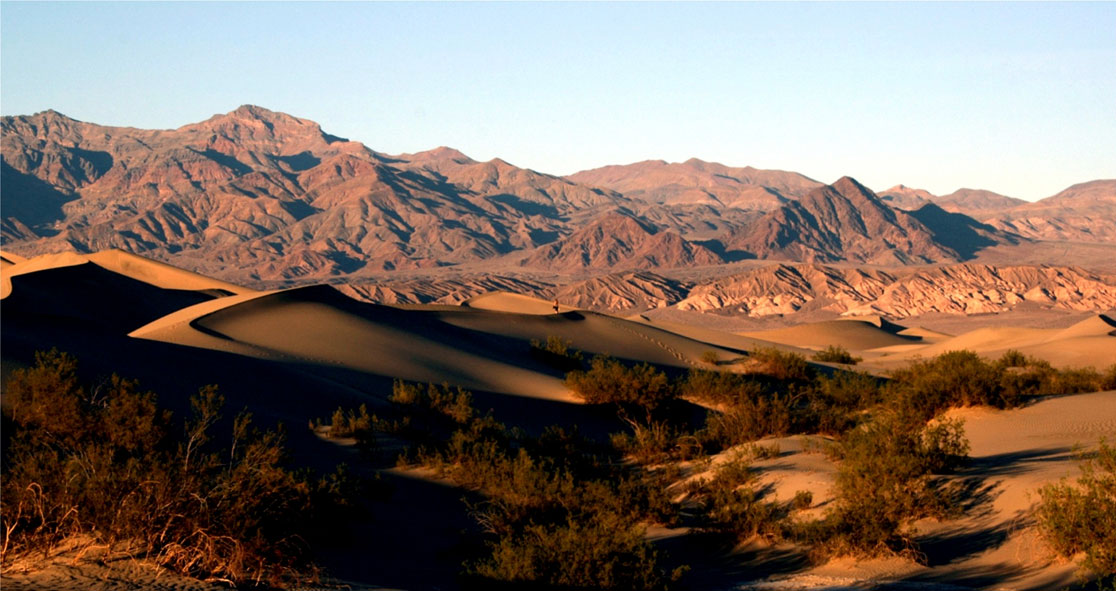On Sunday, Death Valley in Southern California recorded the hottest temperature on earth.
On Sunday afternoon, the temperature, which was aptly named Furnace Creek, reached up to 130 degrees Fahrenheit, the NOAA Weather Prediction Center said.
Scientists still have to validate the reading, which could take months. If the scientists validate the reading, it would probably be the hottest temperature ever recorded on earth.
Death Valley is accustomed to hot temperatures. It is the lowest, driest, and hottest location in the United States. Death Valley is sparsely populated, with just 576 residents, per the most recent census.
Death Valley National Park spokesperson Brandi Stewart said the valley is extremely hot because of the configuration of its lower-than-sea-level basin and surrounding mountains. The superhot air gets trapped in a pocket and circulates.
She said, “It’s like stepping into a convection oven every day in July and August. It doesn’t feel that different from 125 degrees. The feeling of that heat on my face, it can almost take your breath away.”
“People say, ‘Oh, but it’s a dry heat!’ I want to do a little bit of an eye roll there,” she added. “Humidity has its downsides too, but dry heat is also not fun.”
Stewart grew up in western Pennsylvania. Her last posting with the park service was in Mount Rainier National Park, which is the snowiest place on earth. She said, “I’m ready for cooler temperatures.”
In Death Valley, the heat rises through the afternoon, reaching its peak between 4 pm and 5:30 pm. The highest temperature it recorded on Monday was 127.
Climate experts have recorded higher temperatures than the one recorded on Sunday; however, many scientists have raised concerns over the validity of these readings.
For instance, Death Valley has claimed the record for the hottest temperature at 134 degrees F in 1913. However, a 2016 analysis by a weather expert Christopher Burt found that the reading did not associate with other observations made in the region, concluding it was “not possible from a meteorological perspective.”
Also, on June 30, 2013, Death Valley recorded the highest temperature at 129 degrees F. The same temperature reading was reported in Pakistan and Kuwait after a few years.
There are a few hotter places than Death Valley, such as some parts of the Sahara, but they are too remote for reliable monitoring, according to Daniel Swain, a climate scientist at the University of California, Los Angeles, and the National Center for Atmospheric Research.
If the scientists validate the Sunday’s Death Valley reading, Swain said it should be thought of as “the hottest reliably measured temperature in recorded history on Earth,” as of now.
Jeremy Pal, Professor of Civil Engineering and Environmental Science at Loyola Marymount University, said, “I don’t think any of this is really surprising. As the climate continues to warm, we’d expect more of these events and more of these record-breaking temperatures.”
Swain explained that the broiling temperatures in Death Valley are part of “a laundry list of atmospheric phenomena that have unfolded in very unusual or extreme ways,” adding that they are going to get worse in the coming decades.
“The Earth is getting warmer, and Death Valley is already a hot place,” Swain said, noting that he visited the desert area when the temperature was around 115 degrees.
He said as the planet continues to warm, a temperature of 130 degrees in a remote place is “a number we may eventually see in places that people actually live.” Atmospheric scientists Dr. J. Marshall Shepherd said, “People notice the changes in extremes because they affect everything from our health to the productivity of the very food that we eat.”























